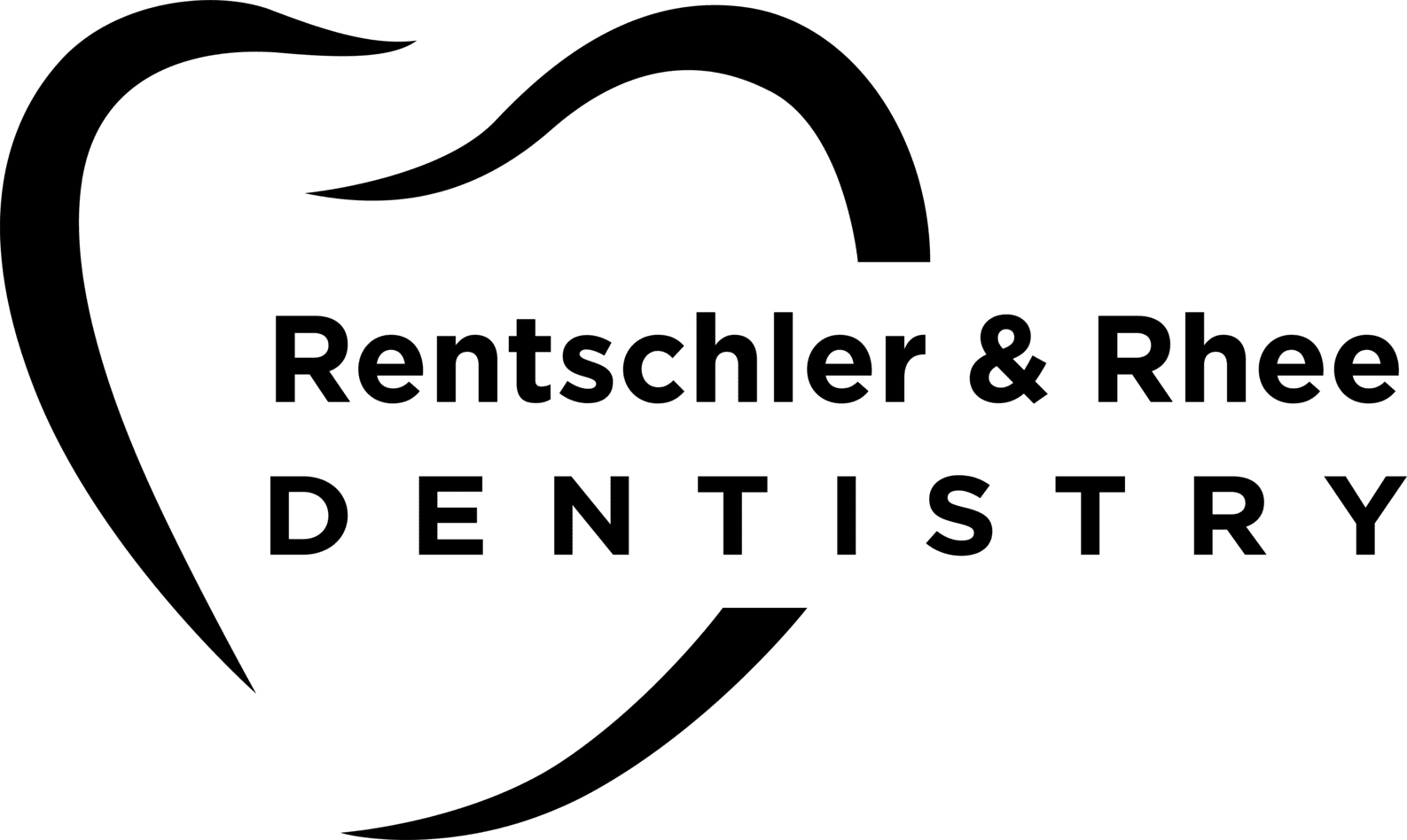Restore Function and Beauty with Crowns and Bridges
There have been many innovations in addressing tooth decay and cavity. Despite this, crowns and bridges have remained a standard of restoration dentistry. Their reliability and effectiveness are time-tested and trusted by dentists and patients alike. These restorations are capable of repairing teeth that have become seriously damaged. Bridges are even capable of replacing teeth that have been lost or extracted. Here at Rentschler and Rhee Dentistry, we’re dedicated to providing patients with beautiful, restored smiles they’ll be proud to share.
Did you know?
That the Etruscan civilization were the first to use crowns as a means of restoring damaged teeth? In fact, the materials they used – ivory, gold, and bones – were still the standard in dentistry as recently as the 20th century, when porcelain crowns were first invented. Today, crowns and bridges are customized specifically for the patient’s bite and can usually be placed in as little as one or two dental visits. With proper cleaning and regular dental check-ups, crowns and bridges can last many years, or even a lifetime.
Discover How Crowns And Bridges Restore Dental Health
When a tooth has experienced significant damage due to trauma or advanced decay, a crown can help. They can restore a beautiful smile, whether the repair is needed due to severe cracking or advanced tooth decay. Crowns and bridges start by removing most of the remaining teeth to build a mounting point for the restoration. Learn more about these restoration options below:
- Crowns: This approach is used when restoration is needed for a single tooth. Crowns are a single cap on a mounting point formed from your natural tooth. This restores function and protects the remaining tooth from infection and decay. Crowns are available in various materials depending on the patient’s needs and desires. These include ceramic, metal, porcelain, or a hybrid of both metal and porcelain. These restorations will rebuild your teeth and restore function and appearance regardless of the material.
- Bridges: Bridges are, in essence, a variation of crowns used to address a tooth or teeth that are missing. In most cases, they’ll involve creating a crown on both sides of the open space where the teeth were. These crowns are then used as anchors for a pontic, a prosthodontic that fills the gap left by the missing teeth. While this is the most common form of dental bridge, there are other styles available that Dr. Rhee may suggest.
- Crowns: This approach is used when restoration is needed for a single tooth. Crowns are a single cap on a mounting point formed from your natural tooth. This restores function and protects the remaining tooth from infection and decay. Crowns are available in various materials depending on the patient’s needs and desires. These include ceramic, metal, porcelain, or a hybrid of both metal and porcelain. These restorations will rebuild your teeth and restore function and appearance regardless of the material.
- Bridges: Bridges are, in essence, a variation of crowns used to address a tooth or teeth that are missing. In most cases, they’ll involve creating a crown on both sides of the open space where the teeth were. These crowns are then used as anchors for a pontic, a prosthodontic that fills the gap left by the missing teeth. While this is the most common form of dental bridge, there are other styles available that Dr. Rhee may suggest.
The preparation for receiving crowns and bridges is quite similar. The first step is the removal of decay and shaping the remaining tooth into a mounting point for the crown. This step will be repeated for all the teeth scheduled to be treated. The next step is taking a dental impression that will be sent to a third-party dental lab to make the crown or bridge. A temporary dental crown will be put in place until it is returned. The final step is returning to the office to have the temporary crown removed and the permanent one fixed in place by Dr. Rhee.
Rebuild Your Smile with Strong, Beautiful Restorations
Whether you're dealing with damaged, decayed, or missing teeth, crowns and bridges offer a time-tested solution that restores both function and beauty. At Rentschler and Rhee Dentistry, we design each restoration with precision to ensure a natural look and a secure fit. From single-tooth repairs to multi-tooth replacements, our team is here to bring strength back to your bite and confidence back to your smile. We make the process quick, comfortable, and focused on results that last.


